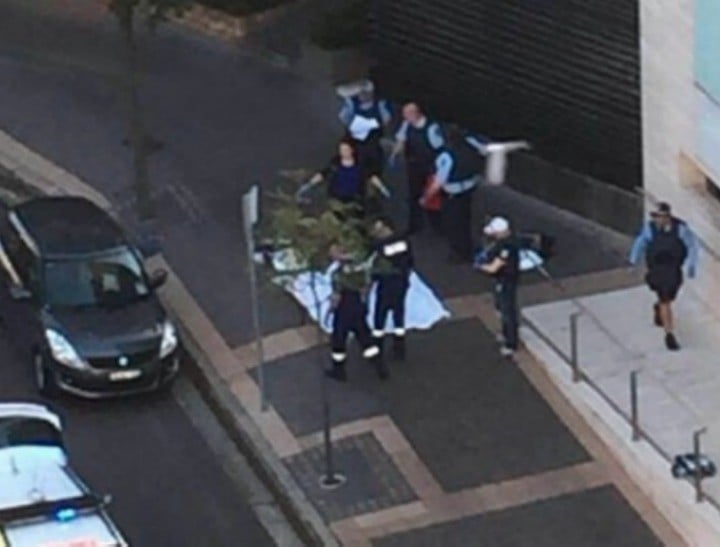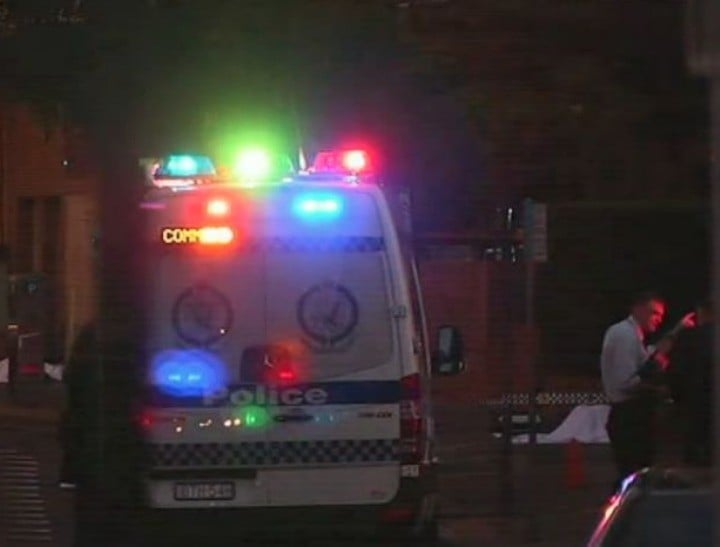
Last night I sat around a dinner table catching up with four of my adult cousins.
We are all in our 30s now and these catch-ups are far too rare. When we were young, we spent many school holidays togethers, most often at our Aunt and Uncle’s property, and the stories and anecdotes from those holidays go for days and days and days.
When we catch up our conversation inevitably turns to this material, and no matter how many times we have retold or relived the stories, we laugh. With disbelief, nostalgia and amazement we laugh about the silly things we did.
We could all be described, quite reasonably, as respectable citizens and there was nothing particularly outlandish about what we got up to. But we were young. And we did some silly things. We got into trouble. We did stuff our parents didn’t – and still don’t – know about.
And I suspect this makes us just like what 98% of the population are like as teenagers. As teenagers, we are not at the peak of our faculties. Our judgement isn’t necessarily tightly honed. Our grasp of responsibility isn’t fully developed. And that is why we laugh now reflecting on the silly things our younger selves did. As adults, with the benefit of hindsight, it is funny to reflect on how deliciously foolish we once were.
Being foolish is the domain of the young. And while there is a gigantic chasm between being foolish and engaging in violent criminal acts, how can we dismiss youth from any discussion about disenfranchised teenagers?



Top Comments
This has got nothing to do with the Muslim community, I agree. But this is not the same as teenagers getting up to mischief and frankly it's pretty insulting to make that comparison. There's a real difference in the thirst for violence and willingness to sacrifice ones life.
This is not the responsibility of the Muslim community but they certainly can be instrumental in finding a solution. While this act and the handful of others that have happened or been planned over the past years are not religious acts they are acts of terror. The killer acted on his warped view of what his religion believes. His intent means his religion will probably need to be part of the solution.
Not all Muslims are Islamic extremists, but all Islamic extremists are Muslims.
Just as all IRA extremists are of the Christian faith? Or the KKK?
That's a perfect analogy, congratulations on getting it. Now, for the sake of relevance, who is committing acts of violence against innocence in the name of religion in Australia circa 2015? I can't quite remember...
Who is committing these acts in 2015? One 15 year old in Sydney and one teenager in Melbourne.
I don't think anyone is blaming the entire Australian Muslim community. It makes no sense in blaming say a muslim family living in regional QLD for the event that occurred in Sydney last week. But clearly Islamic extremism is a key factor in this scenario.